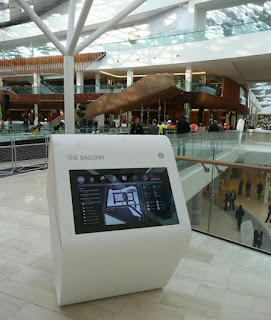- A group that caught my attention is Zerofee , an ethical design agency which creates visual identity and design for print and digital media, but not for irresponsible brands or companies. Alongside their commercial work, they constantly donate design to financially–challenged charities and good causes.
Their approach to design and clear profile definition of…not using their skills to support brands and companies that they feel that have a negative impact on the society… makes them very special. They do not accept to work for clients that put profit before people or disregard the environment. They are determined not to help those who they believe do harm and they would rather benefit from them either.
Their website offers information about their very clear vision and approach to design. Pictures down show one of their projects.
http://www.zerofee.org/
TRAID education pack. Materials designed for secondary school students to introduce them to the environmental and ethical issues presented by the fashion industry. Subject to careful environmental consideration throughout, right down to the choice of lamination materials, the pack is produced using a mixture of recycled and sustainably sourced components.
Design donation is the term they use for their policies of offering pro–bono design to financially–challenged charities, non–profits or causes they believe to be worthwhile, but disadvantaged. They are committed to providing access to professional design for those who couldn’t otherwise afford it, but would benefit immensely from its application.
............................................................................................................................................
Bombs Vs. Books
- Other designer that I found interesting for my topic of
research is Ian Bonner. His projects show his approach and social responsibility to his design concept work.
These two
images by Ian Bonner were part of his integrated campaign ...to wake people up to
the defense budget in this country vs the education budget.The
brochure that accompanied these posters, states that the U.S. military ranks #1
in the world with a budget of $595 billion in 2010.In
education however, the U.S. ranks 14th in the world. Its budget in 2010 has
been crippled by an onslaught of budget cuts in at least 35 of the 50 states...
Ian says:
Ian says:
Recession+ Military Budget = Education Budget Cuts
Do the Math.
Do the Math.
...................................................................................................................................................
Recycle
These two pieces are part of a campaign by Ian Bonner to try
to shame people into recycling. The printed plastic wraps would be applied to
trash containers of people who were determined to be particularly wasteful and
unwilling to recycle.
If incentives don't work, maybe shame would. I had access to his projects while researching about social & environmental issues through Conciousbydesign.
..................................................................................................................................................
Another example of clever use of recycling (or reusing) is FREITAG bag.
Graphic designer brothers Markus and Daniel Freitag were on the lookout for a messenger bag. The FREITAG brothers wanted a heavy-duty, functional and water-repellent bag to carry their designs. Their personal need turned into a business which now employs more than 120 people. Since their original messenger bag, the FREITAG brothers have developed and marketed several bags for women and men. FREITAG products now sell around the globe, in over 350 shops. They are made in Switzerland.
The Process
From truck till bag
Depending on weather conditions, truck tarpaulins are replaced every 5 to 8 years. They are a valuable raw material for FREITAG.
Freitag bag
.....................................................................................................................................................................................................
References:
http://www.freitag.ch/


































